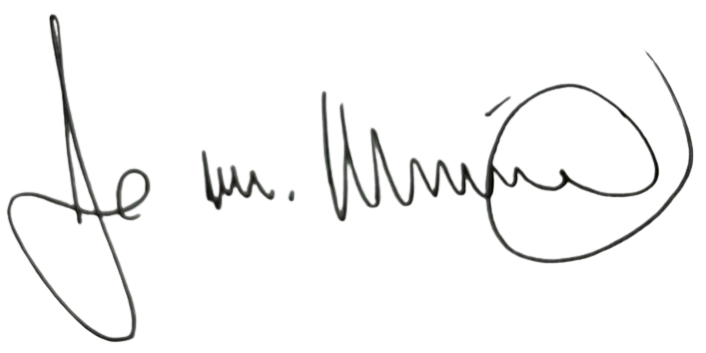written by “Jake Mannino”
In the fast-paced world of sales, it’s easy to fall into the trap of “pitching” – talking at length about your product or service in hopes of landing the deal. But what if I told you that the key to unlocking sales success lies not in talking more, but in listening actively?
That’s right, active listening is a superpower for salespeople. It’s about going beyond simply hearing what your customer is saying and truly understanding their needs, concerns, and aspirations. It’s about building rapport and establishing yourself as a trusted advisor, not just another salesperson.
Why is Active Listening So Important?
Here’s the deal: customers are bombarded with sales messages every day. They can smell a pushy salesperson a mile away. By actively listening, you demonstrate genuine interest, which fosters trust and a sense of connection. This allows you to:
- Uncover hidden needs: Customers don’t always come right out and say what they truly need. Active listening helps you identify underlying challenges and opportunities they might not even be aware of.
- Tailor your pitch: A one-size-fits-all approach rarely works. By understanding your customer’s specific needs, you can tailor your sales message to resonate with them on a deeper level.
- Build rapport: Active listening shows customers that you care about more than just making a sale. You’re invested in solving their problems and helping them achieve their goals.
Actionable Strategies for Active Listening
Now that we’ve established the importance of active listening, let’s dive into some practical tips you can implement:
- Focus on the customer, not yourself: Put your phone away, make eye contact, and truly be present in the conversation.
- Ask open-ended questions: These go beyond “yes” or “no” answers and encourage deeper conversation. Instead of “Are you happy with your current solution?”, try “What are some of the biggest challenges you face with your current system?”
- Paraphrase and summarize: Repeat back what you’ve heard in your own words to ensure understanding. This shows you’re paying attention and clarifies any potential misunderstandings.
- Pay attention to nonverbal cues: Body language and tone of voice can reveal a lot. Look for signs of frustration, excitement, or hesitation to better understand your customer’s state of mind.
The Power of Active Listening in Action
Let me share a quick story: I once worked with a salesperson who consistently struggled to close deals. He had a great product, but his pitches felt generic and impersonal. After coaching him on active listening techniques, he completely transformed his approach. He started asking thoughtful questions, truly listening to customer pain points, and tailoring his sales message accordingly. The results were dramatic – his closing rate skyrocketed!
Active listening is a powerful tool that can transform your sales results. By incorporating these strategies into your approach, you can build stronger customer relationships, unlock hidden opportunities, and close more deals.
Ready to take your sales game to the next level? As a Global Sales Director at Microsoft and an Executive Coach, I can help you refine your active listening skills and develop a winning sales strategy.
Let’s turn conversations into conversions!
Happy Selling - Jake Mannino

